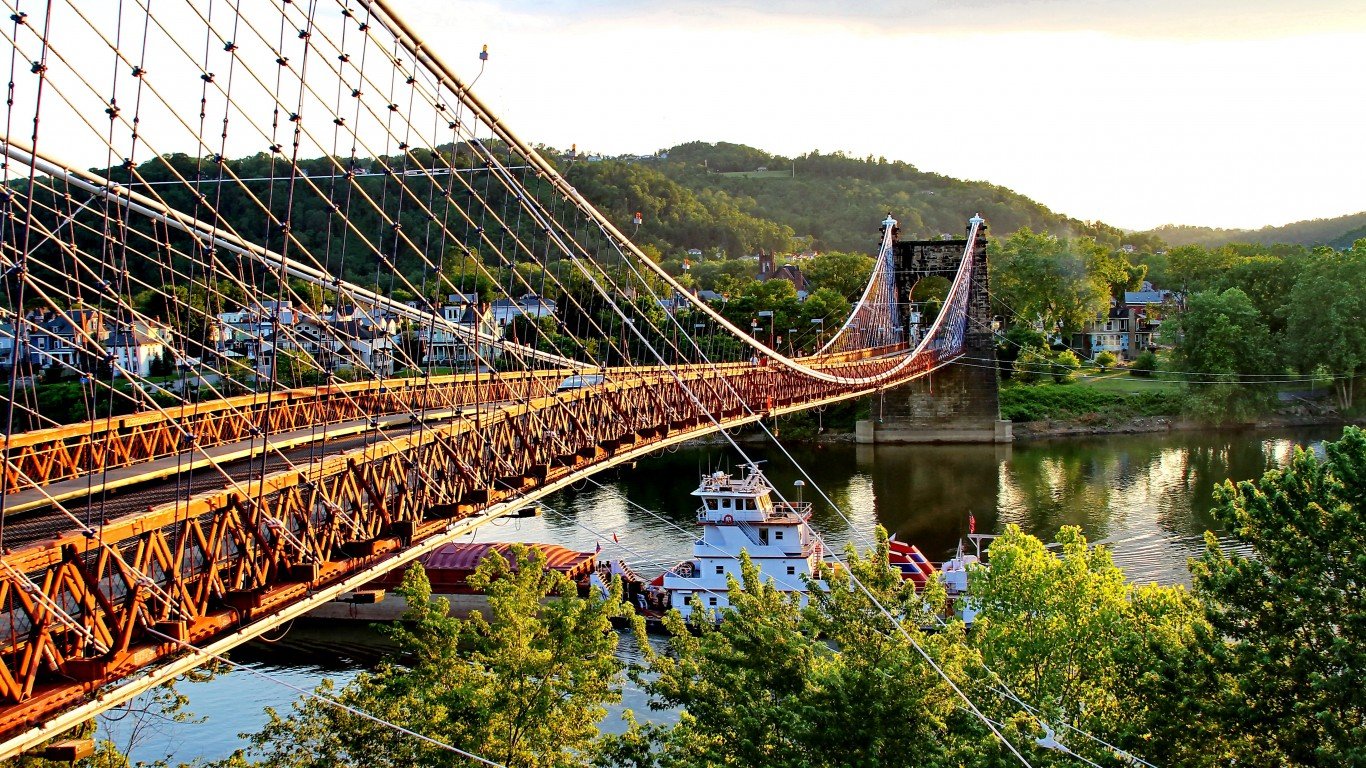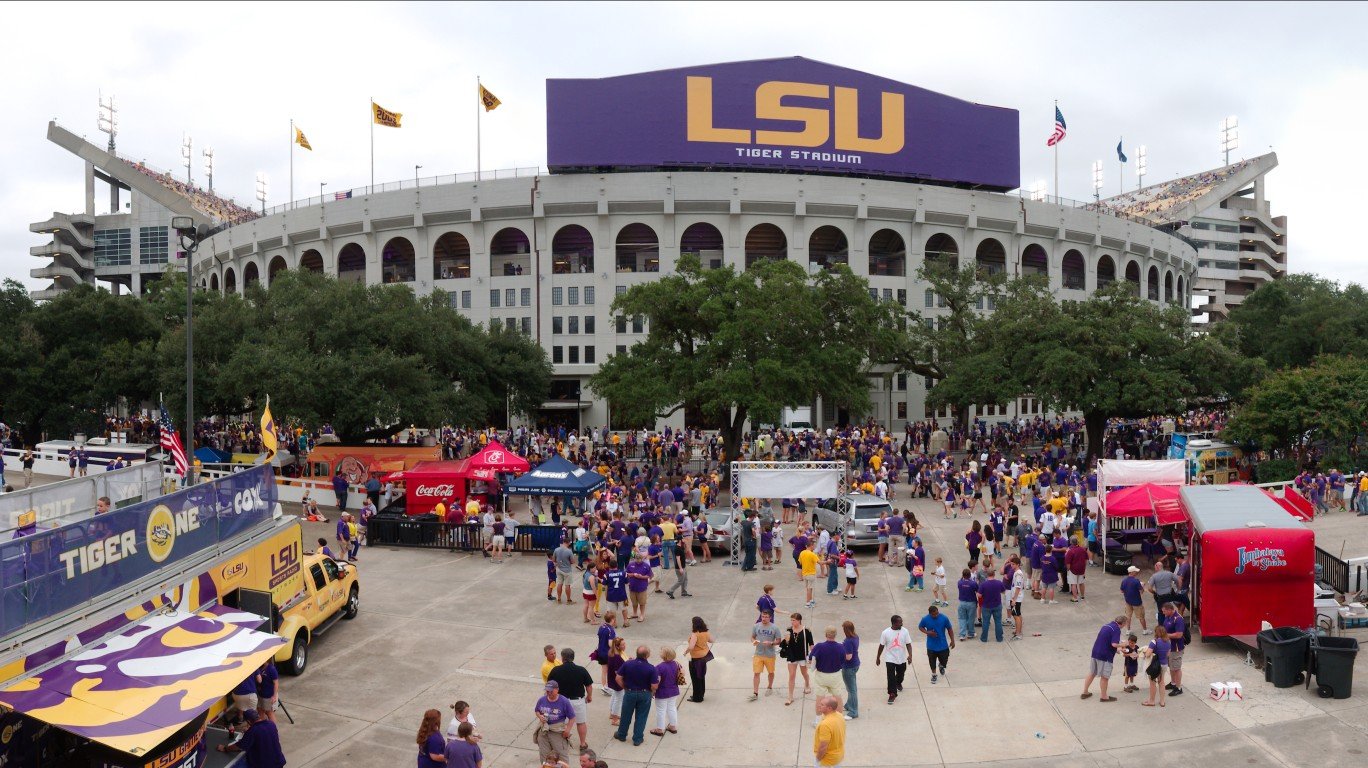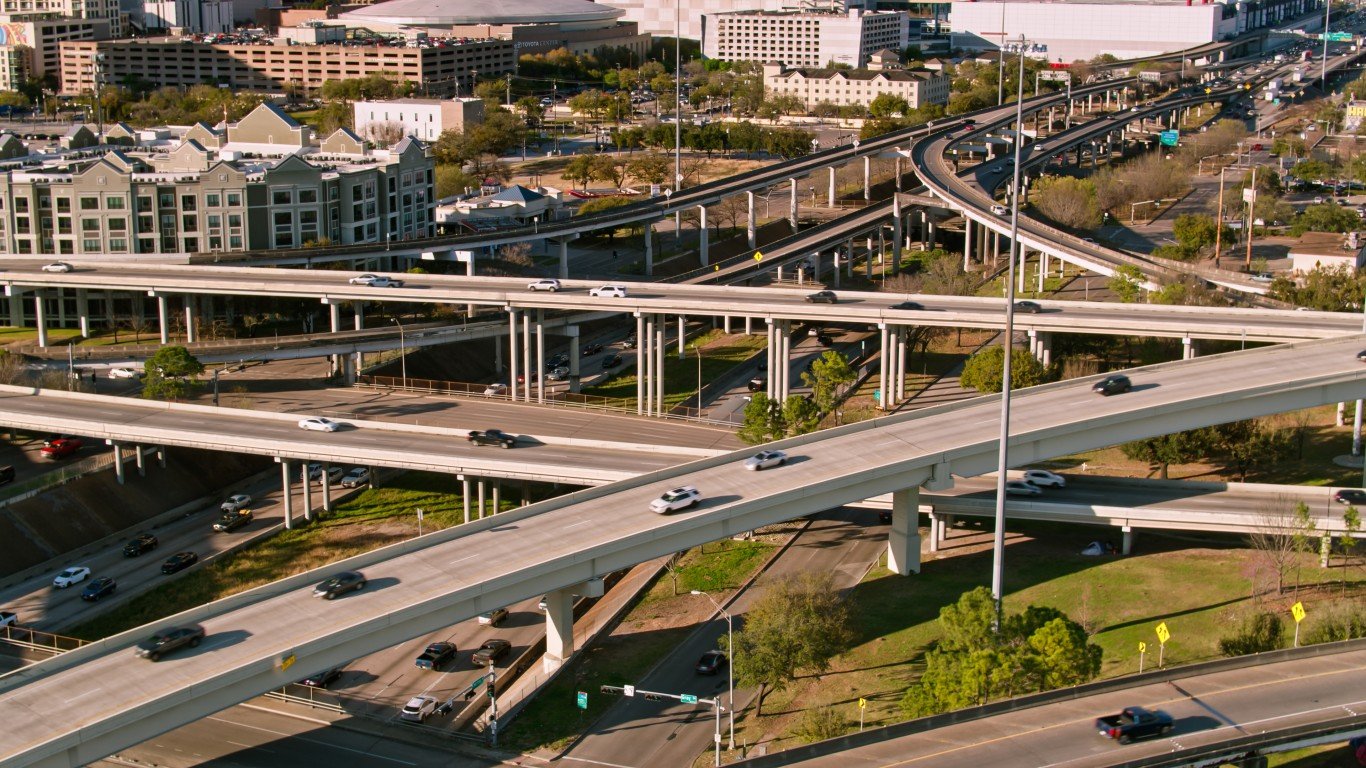

America is falling apart, or at least the current administration says. It has set aside billions of dollars to repair bridges and roads and expand the nation’s broadband footprint. Many scientists believe this assessment.
Of the 618,456 bridges in the United States (comprising over 396.2 million square meters of bridges), 7.3%, or 45,031 bridges (comprising 21 million square meters), were classified in poor condition as of 2020. Another 294,992 bridges (47.7%) were classified as fair and 278,433 (45.5%) as good, according to the Bureau of Transportation Statistics.
Under federal law, states must periodically inspect bridges, based on standards set by the Pavement and Bridge Condition Performance Measures final rule, and report the findings to the Federal Highway Administration. The deck, superstructure, substructure and culvert are all rated on a scale of 0 to 9. If all the elements rate at least 7, the bridge is classified as being in good condition. If an element rates at 5 or 6, the bridge is considered in fair condition. If any of the bridge’s elements rate 4 or less, the bridge’s condition is classified as poor.
To determine the state with the most bridges in poor condition, 24/7 Wall St. reviewed data from the Federal Highway Administration. States were ranked on the share of total bridges classified as being in poor condition as of Dec. 31, 2020.
Bridges are also considered structurally deficient “if significant load-carrying elements are in poor condition due to deterioration or damage” or if “the waterway opening of the bridge causes intolerable roadway traffic interruptions.” However, a bridge classified as structurally deficient is not necessarily unsafe and may require some measures taken or more frequent monitoring. If a bridge is found unsafe, it would be shut to traffic immediately.
To encourage state spending on structurally deficient bridges, there is a penalty threshold under the National Highway Performance Program. If more than 10% of the total deck area of a state’s bridges is rated as structurally deficient for three consecutive years, the state must set aside National Highway Performance Program funds for eligible projects on bridges on the National Highway System.
The statistics from Federal Highway Administration are national. As with so much of the nation’s infrastructure, conditions of bridges vary by state, with some in better shape than in others.
The state with the most structurally deficient bridges is West Virginia. Here are the details:
- Share of bridges in poor condition: 21.2%
- Total bridges in poor condition: 1,545 (eighth most)
- Total bridges in West Virginia: 7,295 (20th fewest)
Click here to see all the states with the most structurally deficient bridges.
Sponsored: Find a Qualified Financial Advisor
Finding a qualified financial advisor doesn’t have to be hard. SmartAsset’s free tool matches you with up to 3 fiduciary financial advisors in your area in 5 minutes. Each advisor has been vetted by SmartAsset and is held to a fiduciary standard to act in your best interests. If you’re ready to be matched with local advisors that can help you achieve your financial goals, get started now.
Thank you for reading! Have some feedback for us?
Contact the 24/7 Wall St. editorial team.



